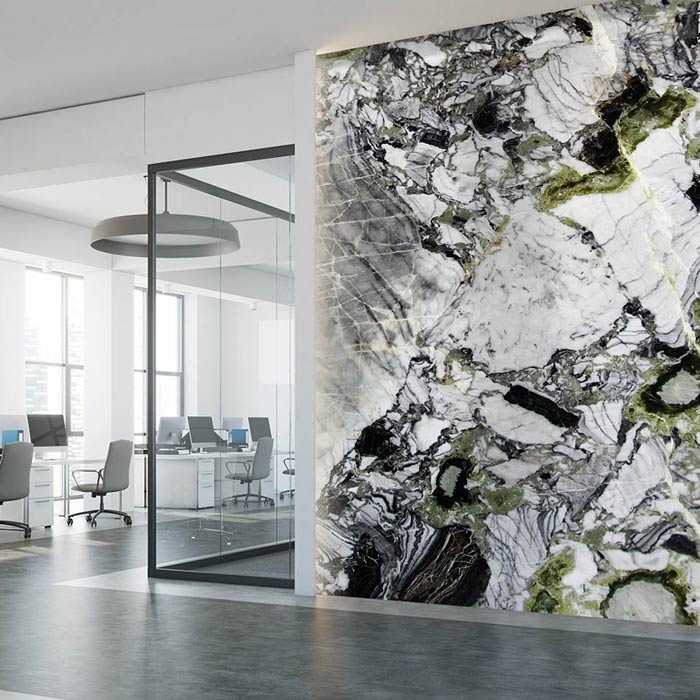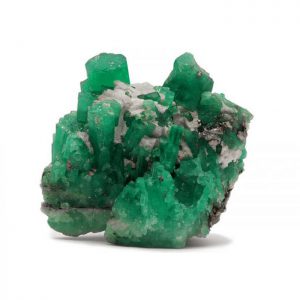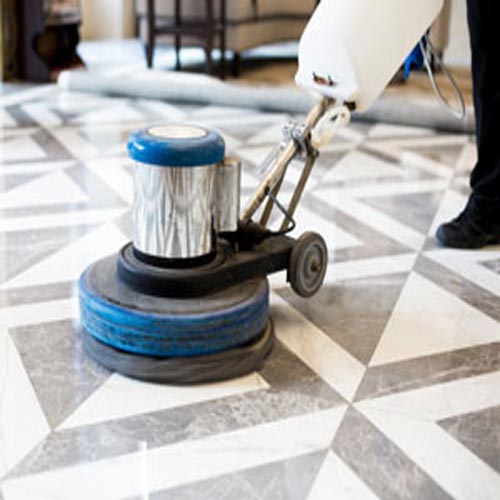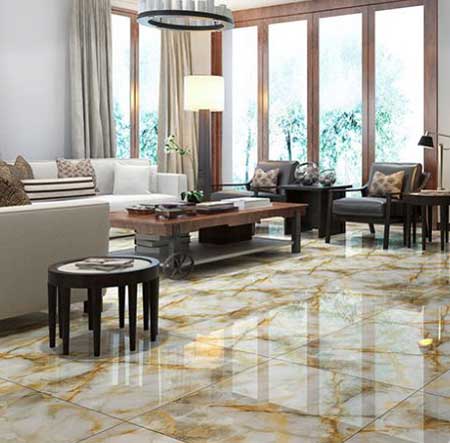
Performance of porcelain slab stone
According to the traditional definition of porcelain slab stone, jade, which is a mineral nephrite, and other precious and semi-precious stones are divided into two categories. Jade is known as the most precious gem and is associated with many desirable properties in humans. While several studies have been devoted to jade carving, little attention has been paid to other hard stones. It focuses exclusively on hard rocks other than jade, in the hope that it will inspire future scientific research. Here, in order to become more familiar with this type of stone, it is necessary to read more so that you can get more information in this area.

Remarkable points in examining the performance of porcelain slabs
Carving on porcelain slab stone is one of the oldest arts in China. The first known evidence found through archeology is prehistoric agate earrings dating back to 5000 BC. The art of hard stone continued along with jade carving in later years. Important examples include necklaces. Turquoise embossing on bronze plates from the Erlito culture (2000-1500 BC), Carlini beads and a tiger statue of Malachite, a tiger from the tomb of the king’s wife in the late Shang Dynasty (c. 1600-1050 BC), hoops Opal and Crystals and Pendants from East Zhou (771-256 BC) Cemetery in Linzi, Shandong Province Turquoise and azure on the stone box and most importantly, a cow-shaped opal from the Tang family (1618-907) in Hiyakun, Xi’an. Compared to jade, the use of hard stones seems to have been limited. By the time of the Qing Dynasty (1644-1911) the combination of resources with raw materials, extraordinary handicrafts and strong support of the empire flourished.
The first century and a half of the Qing Dynasty was probably the last golden age of China’s empire when steady economic growth led to widespread prosperity and successful military struggles not only brought political stability but also provided trade routes in the northwest and southwest China. In addition to local sources, large quantities of precious stones have been brought to China via the Silk Road or by sea to Europe. The records of the Qing Imperial Jade Workshops alone record the monthly purchase of a large number of semi-precious stones. Meanwhile, handicrafts that have been interrupted repeatedly for more than a Millennium due to regime change and devastating wars have been revived. Workshops in Suzhou and Yangzhou, where white porcelain slabs were first engraved, are now flourishing and raising their skills to unprecedented heights. The support of the Qing Dynasty empire greatly contributed to the art of woodcarving. During the reigns of the emperors Yong Zheng and Qianlong, workshops were established in the palace where a large number of engraving masters worked. Based on the records of the jade workshops, the emperors not only set precise quality standards but also provided detailed instructions on the subject and style.

Conclusion
In the Qing workshops, porcelain slabs were carved in jade because the physical properties of jade and other hard stones were largely comparable and their working methods were almost identical. While engraving tools improved over time, these techniques were first developed. The basic premise was to gradually remove the unwanted parts of the stone, whether to separate the gem from the rock shell, cut it roughly, work it to the final shape, or polish it to a shiny finish. craftsmen achieved their goals by grinding hard stone surfaces with abrasives, usually, quartz powder or corundum, with varying degrees of fineness, and the tools carried only abrasives, whether metal, wood, leather, felt, or other materials. Various experts were working in this field.
The slab stone store in Isfahan is ready to provide all services throughout the country.








